The automotive industry has long been a beacon of innovation, with designers perpetually pushing the boundaries of car aesthetics. However, some vehicles that initially appeared groundbreaking were, in reality, deeply rooted in past designs, leaving them feeling outdated by the time they reached consumers. This phenomenon can be observed across various models, where the allure of the futuristic facade was overshadowed by dated underpinnings.
The Influence of Retro Design
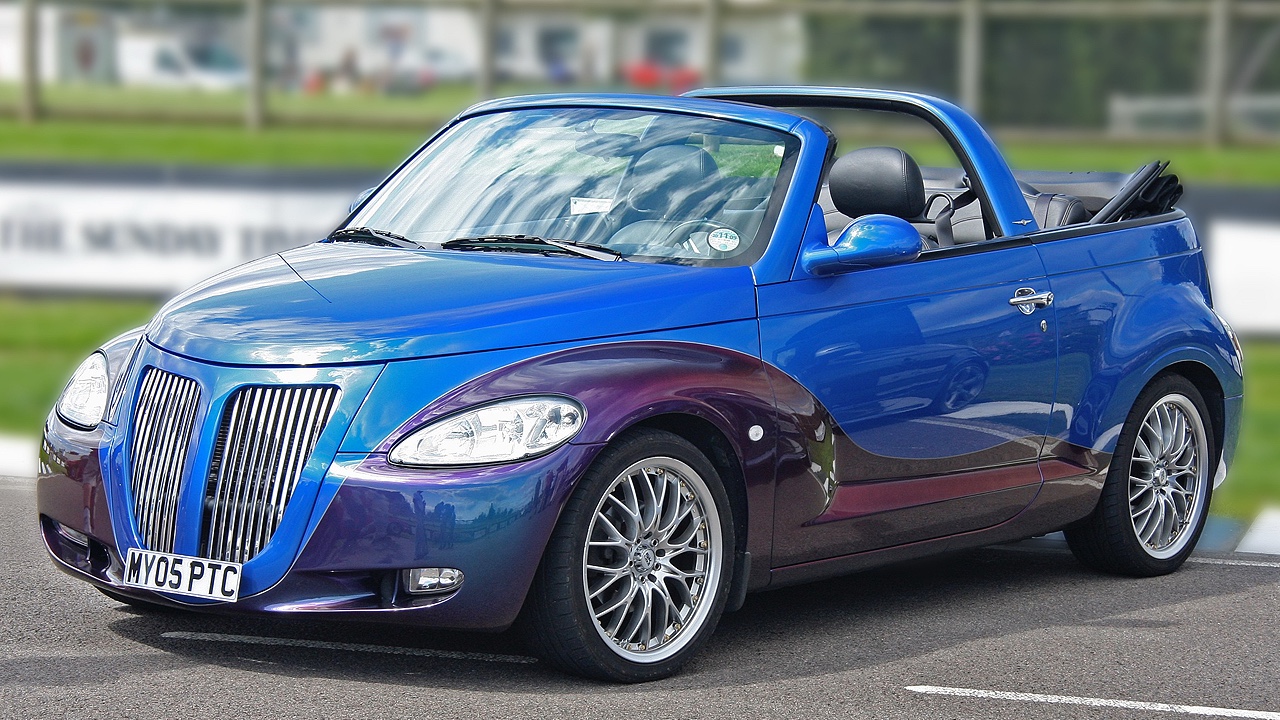
In the world of automotive design, nostalgia plays a significant role. Automakers often draw inspiration from past eras, capturing the essence of vintage aesthetics while attempting to infuse them with a modern twist. This retro-inspired trend can be seen in cars like the Ford Mustang or the Mini Cooper, where design elements from the past are revitalized to appeal to contemporary tastes. However, this approach can sometimes backfire, as the balance between retro charm and modern innovation can be difficult to achieve.
Consider the Chrysler PT Cruiser, a vehicle launched in the early 2000s that embodied a blend of retro and modern cues. Initially praised for its unique styling, the PT Cruiser soon became a victim of its retro roots, struggling to keep pace with the evolving design language of the time. The challenge lies in creating a car that feels both timeless and forward-looking—a feat not easily accomplished.
Automakers face a delicate balancing act when integrating futuristic elements with vintage cues. While retro designs can evoke a sense of familiarity and nostalgia, they must be executed with precision to avoid appearing outdated. As seen in models that lean heavily on past designs, even the most futuristic-looking cars can quickly become relics when they fail to evolve alongside contemporary trends.
Concept Cars That Missed the Mark
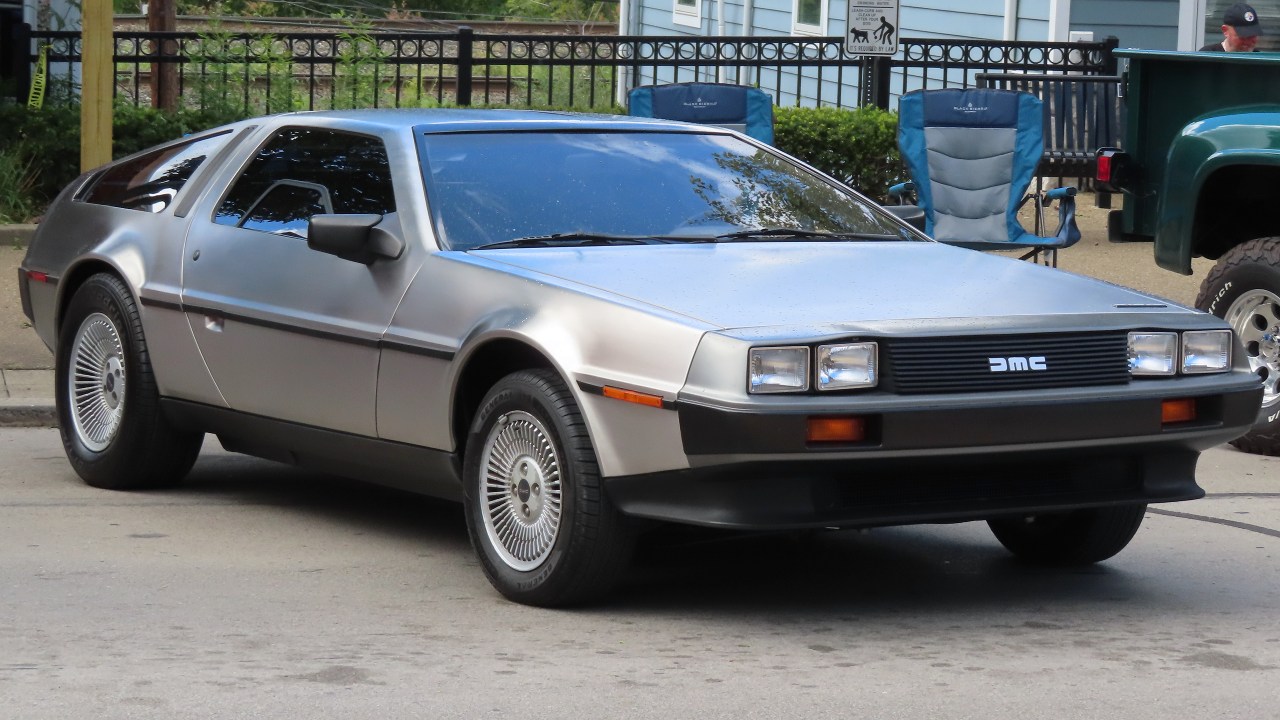
Concept cars are often seen as a bold statement of what the future of automotive design could look like. They are platforms for showcasing cutting-edge technology and innovative design, but the transition from concept to production is fraught with challenges. Many concept cars, though visionary in their initial presentations, fail to translate effectively into production models. This disconnect often results in cars that, despite their futuristic ambitions, feel outdated by the time they hit the roads.
A notable example is the DeLorean DMC-12, a car that became iconic thanks to its role in pop culture. Despite its sleek stainless-steel body and gull-wing doors, the DeLorean was technologically behind its peers when it debuted in the 1980s. Its delayed production and reliance on outdated technology left it struggling to compete with more modern vehicles, ultimately dooming its commercial success.
The lessons learned from such missteps are crucial for automakers. They highlight the importance of not only innovative design but also the timely integration of advanced technology. By understanding the pitfalls of past concept car transitions, manufacturers can better navigate the complexities of bringing futuristic visions to life in a manner that resonates with consumers and withstands the test of time.
The Role of Technology in Automotive Design
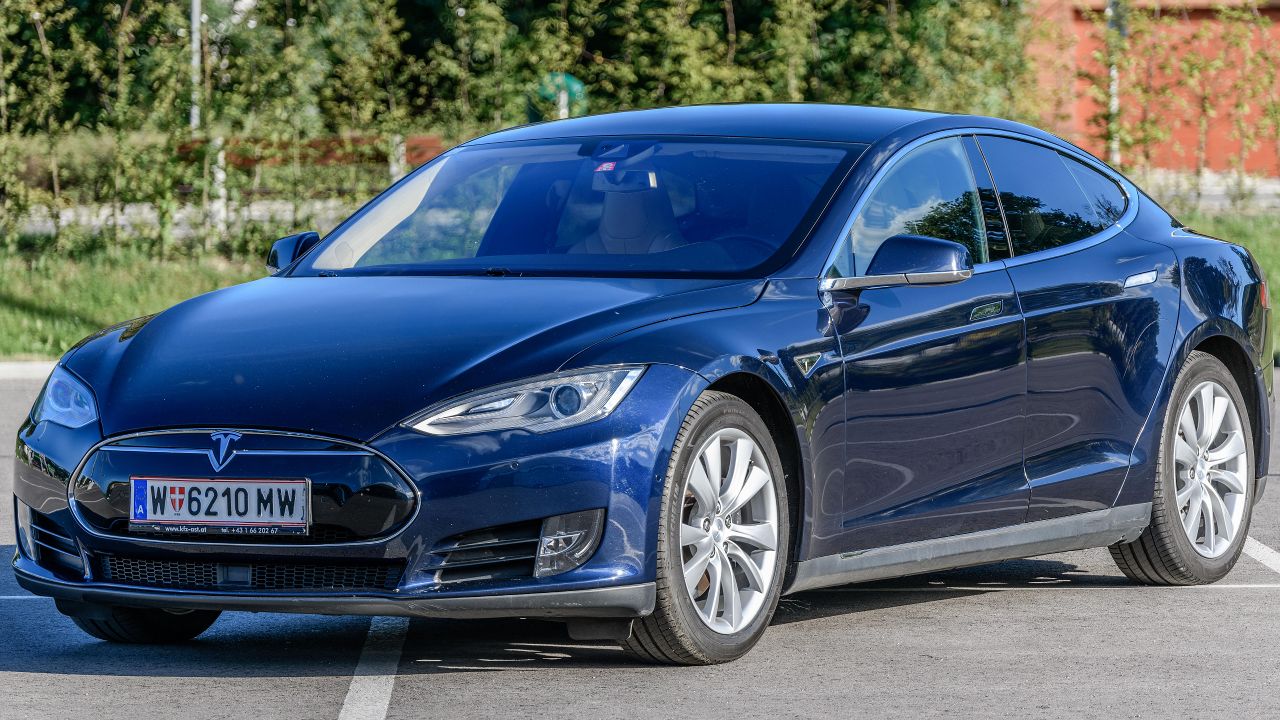
In the fast-paced world of technology, car designs can quickly become obsolete. The rapid evolution of technological innovations often outpaces the design and production cycles of vehicles, leading to cars that seem dated even before they leave the showroom floor. This is particularly evident in the realm of infotainment systems and interior technology, where features that once appeared cutting-edge can quickly fall behind.
Take, for instance, the early models of Tesla. While groundbreaking at the time of their release, the rapid advancements in electric vehicle technology soon eclipsed Tesla’s initial offerings, prompting the company to continually update and innovate. The challenge lies in predicting technological trends and integrating them into design in a way that remains relevant over the lifespan of the vehicle.
Electric vehicles, in particular, face the struggle of staying ahead of the technological curve. As battery technology and software integration continue to advance at a rapid pace, automakers must remain agile, ensuring their designs do not become quickly outdated. The integration of technology in cars is no longer an optional luxury but a necessity for staying competitive in a crowded market.
The Impact of Market Trends

Market trends play a pivotal role in shaping automotive design. Shifts in consumer preferences can render a design outdated almost overnight. In recent years, the rise of SUVs and crossovers has significantly impacted the market, overshadowing many futuristic-looking sedans and sports cars. Consumers’ increasing preference for practicality and versatility has led to a decline in demand for vehicles that prioritize style over substance.
Environmental considerations have also become a driving force in automotive design. As awareness of climate change and sustainability grows, consumers are increasingly seeking vehicles that align with their values. This shift has prompted automakers to focus on sustainable design, incorporating eco-friendly materials and efficient technologies. Cars that once seemed futuristic due to their sleek designs may now appear outdated if they fail to address these environmental concerns.
The Chrysler PT Cruiser serves as a prime example of how quickly consumer preferences can change. Initially lauded for its unique style, the PT Cruiser soon fell out of favor as market trends shifted towards more practical and environmentally conscious vehicles. Automakers must remain attuned to these trends, ensuring their designs remain relevant in an ever-evolving landscape.
Case Studies: Cars That Looked Futuristic but Were Dated
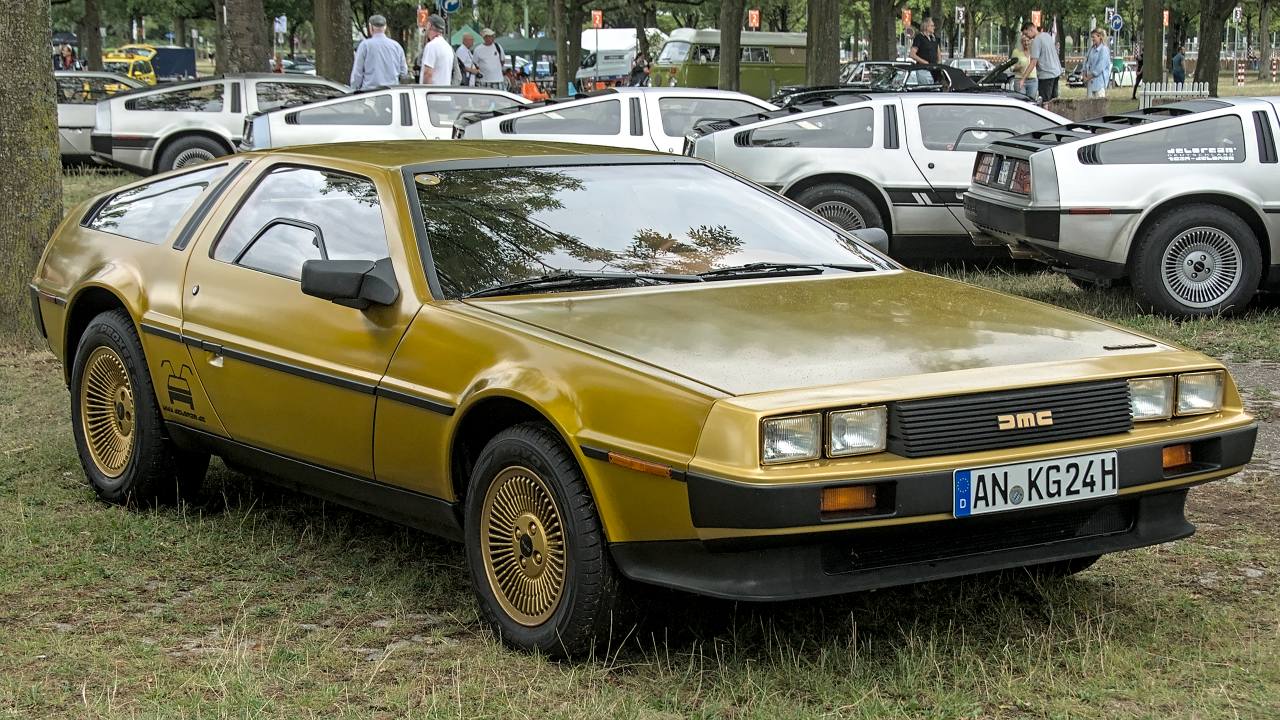
Several cars that once appeared to be harbingers of the future ultimately found themselves outpaced by rapidly changing trends and technology. The Chrysler PT Cruiser is a prime example. Its blend of retro and futuristic elements initially captured the imagination of consumers, but the car’s appeal quickly waned as its design failed to evolve.
The DeLorean DMC-12 is another example, its iconic status overshadowed by its outdated technology. While its design was revolutionary in concept, the implementation left much to be desired, and it struggled to compete with more modern vehicles of its time. The car’s cult following is a testament to its unique aesthetic, but its commercial failure highlights the importance of balancing design innovation with technological advancement.
Tesla’s early models also illustrate the challenges of staying ahead in the automotive industry. While they set new standards for electric vehicles at their debut, the rapid pace of technological advancements soon rendered these early designs less compelling. Tesla’s commitment to continuous innovation has allowed it to remain a leader in the market, but the challenges faced by its initial models serve as a reminder of the importance of agility in design.
Like Fast Lane Only’s content? Be sure to follow us.
Here’s more from us:
*Created with AI assistance and editor review.

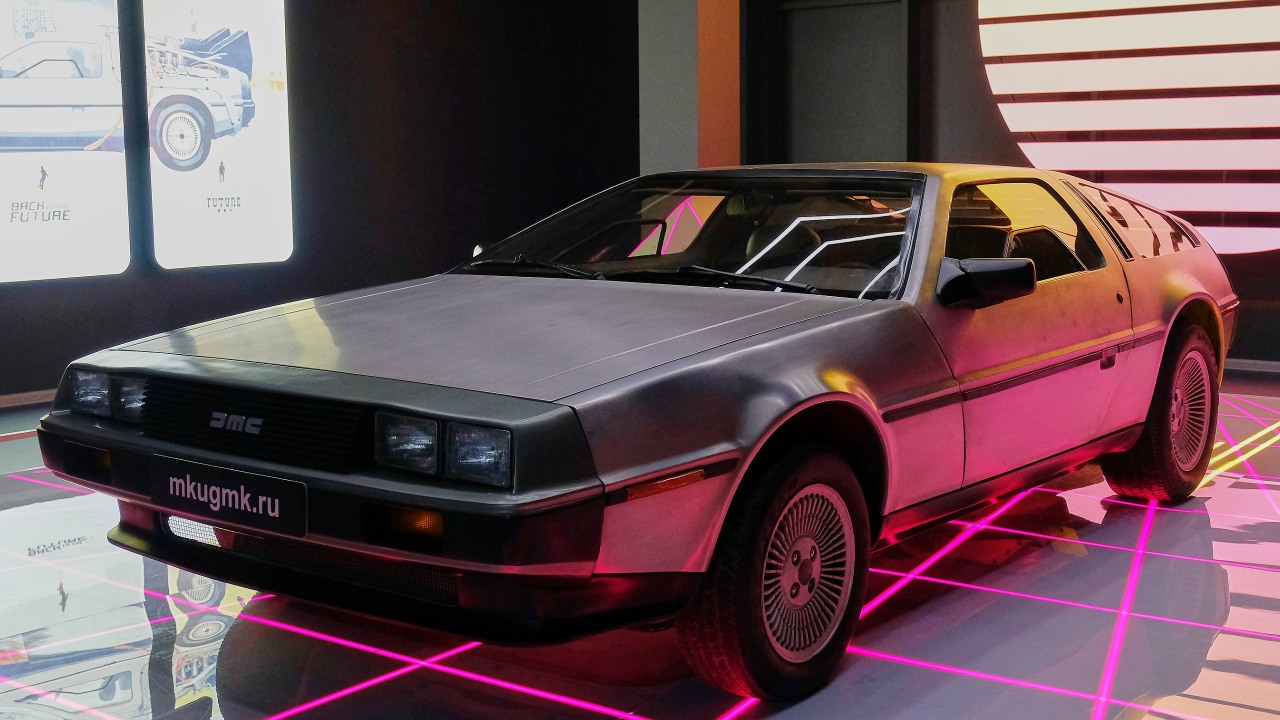

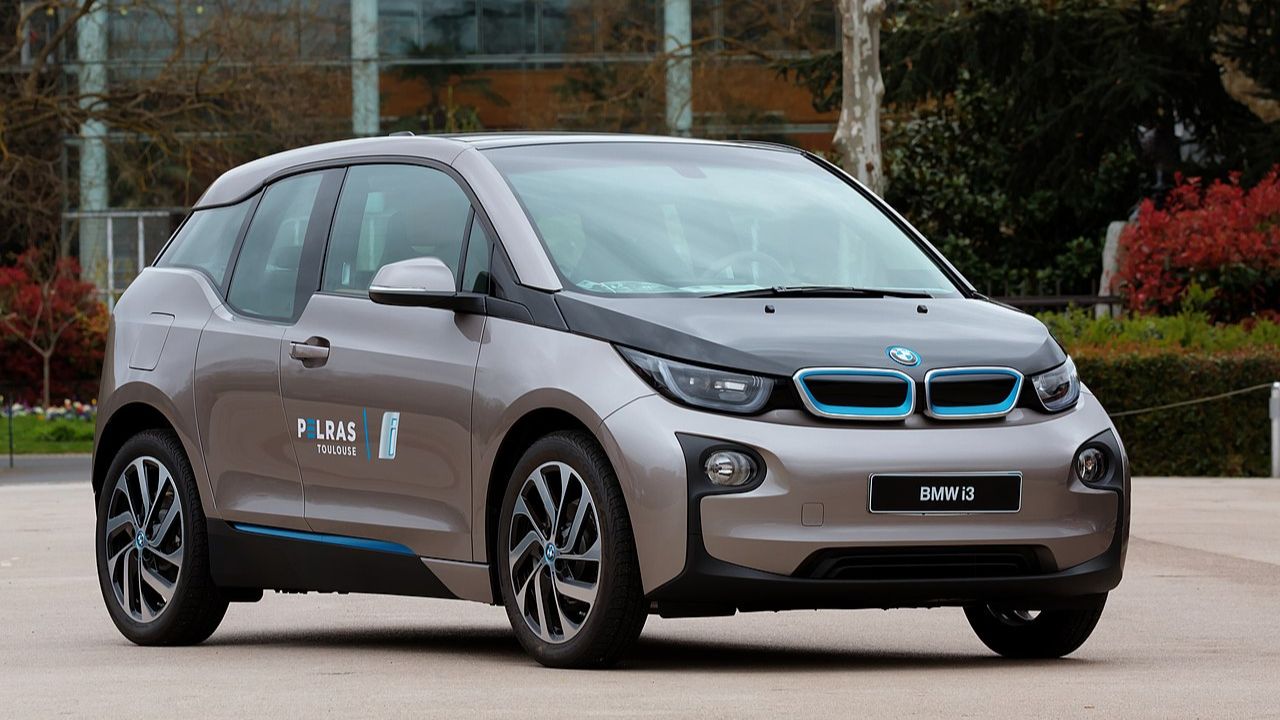
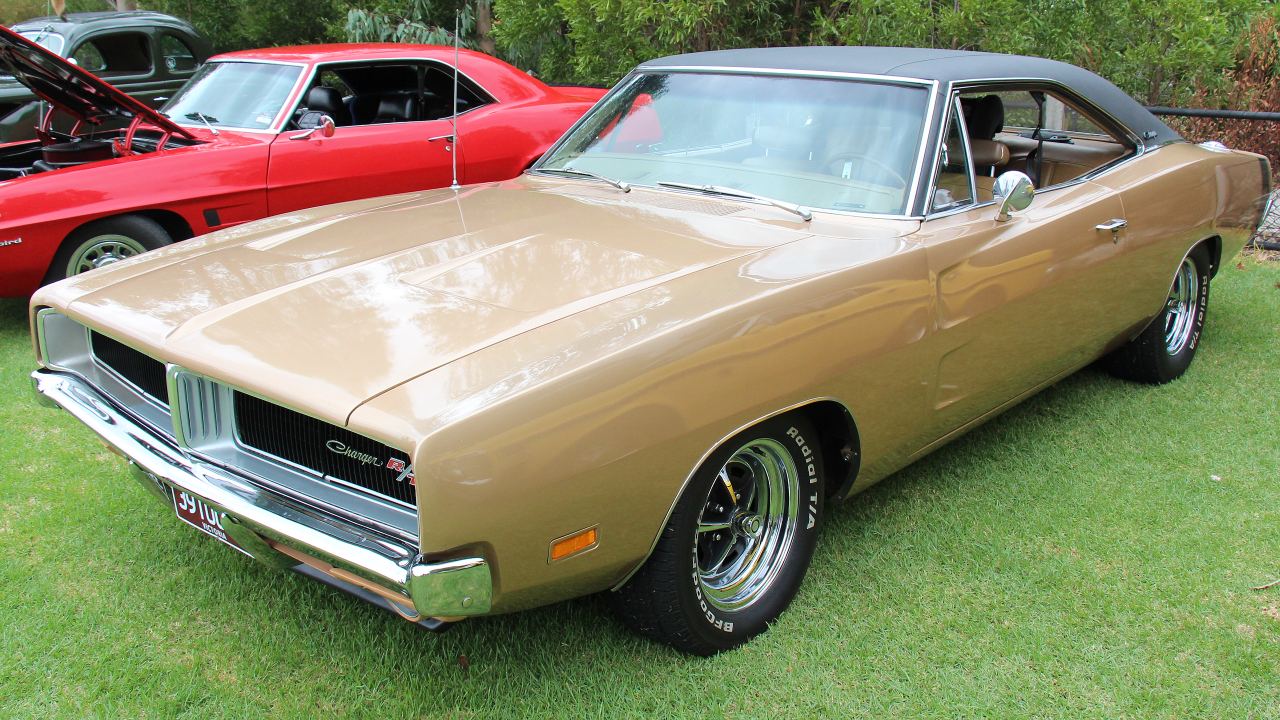
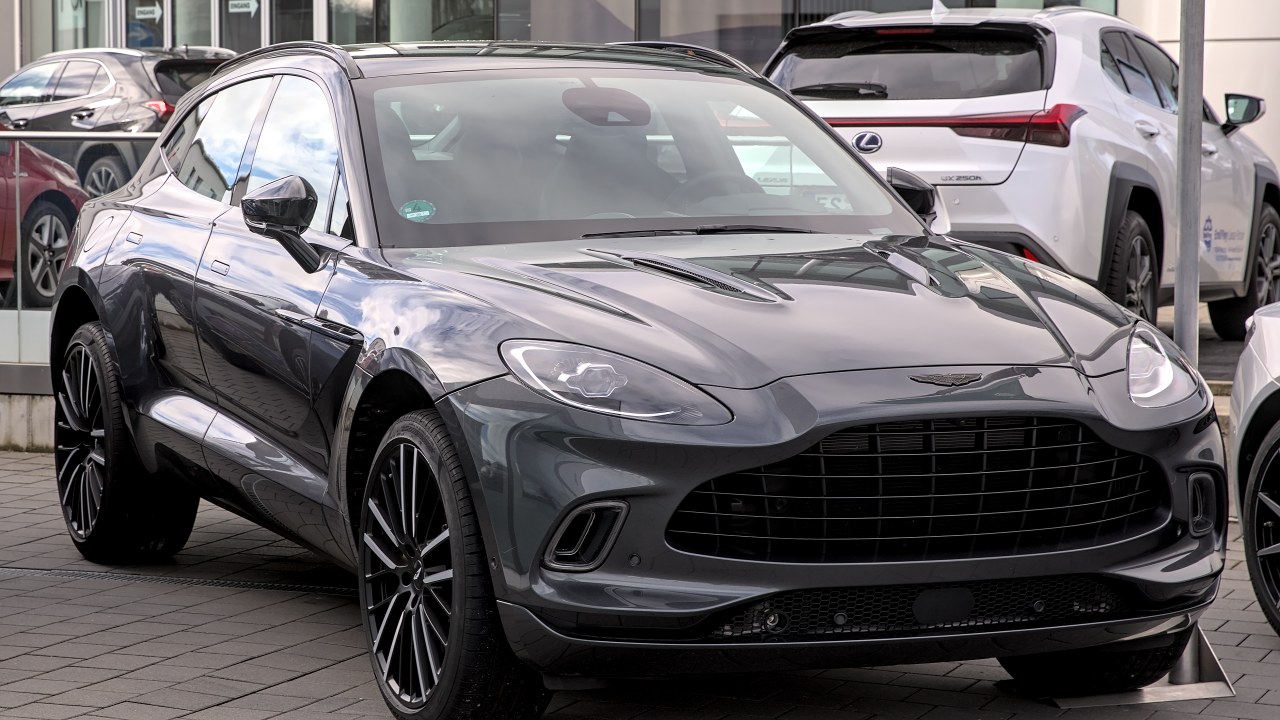
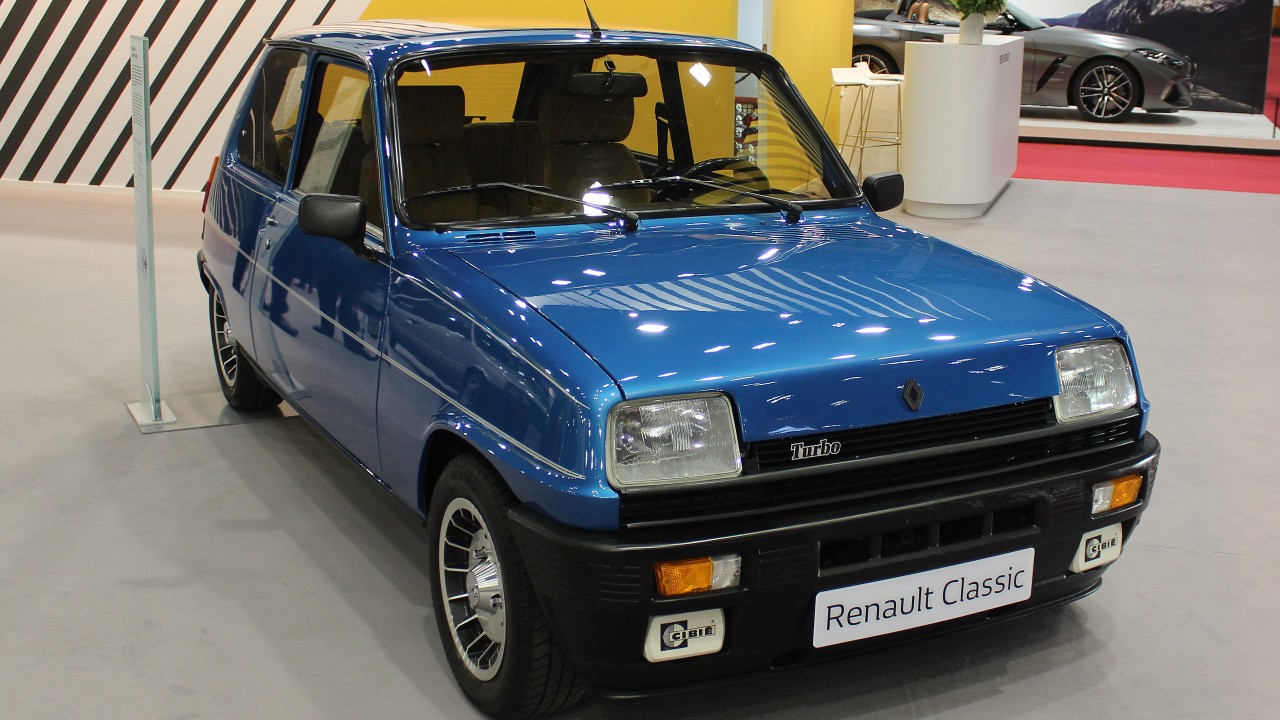
Leave a Reply